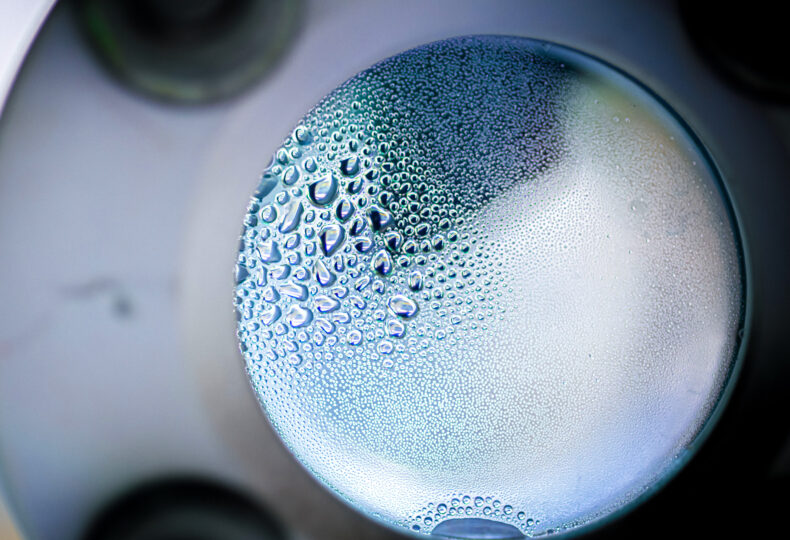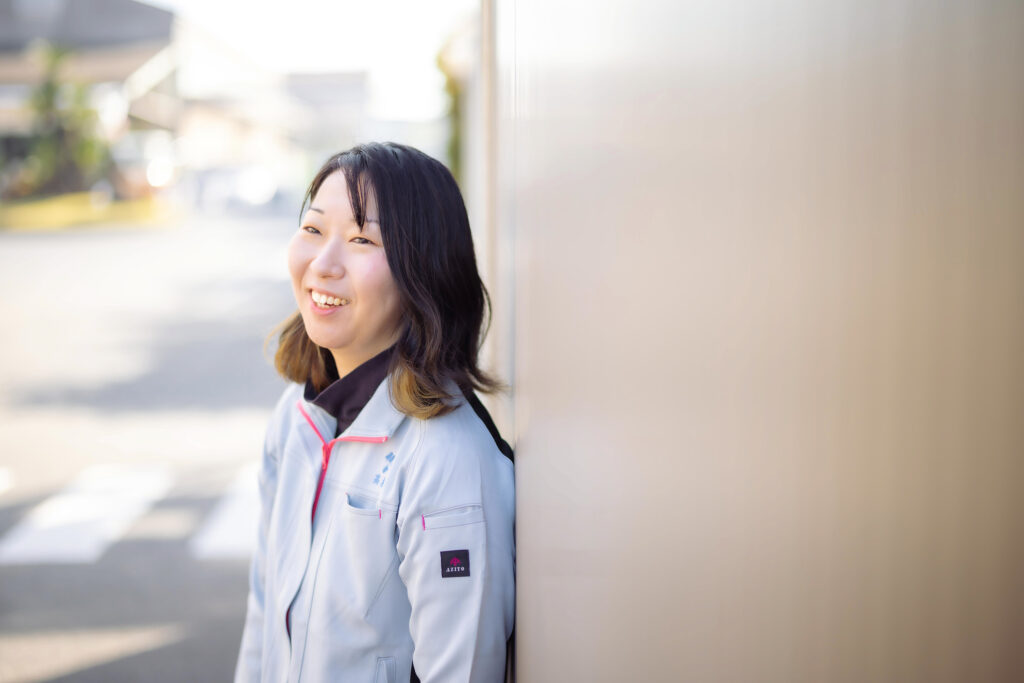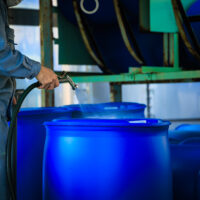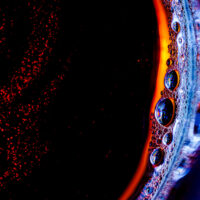
Manufacturing patents that enable high purity / Manac’s proud aromatic halogenation reaction technology
Continuing from the previous article, in which we sat with Ms. Takahashi of the IP & Research Planning Department to learn about Manac’s patent initiatives, this article introduces three manufacturing process patents for Manac’s aromatic halogenation.
In order to meet the needs of clients who want to increase the purity of organic compounds, Manac, which produces intermediates for complex compounds, develops manufacturing processes to raise the purity of targeted compounds when carrying out aromatic halogenation. Some of those processes are granted as patents.
The three process patents are gaining attention from various fields as they involve technologies with a wide range of possible applications, including pharmaceuticals, solar power generation, and organic electroluminescence (EL).
■ What you can learn from this article ✔ Manac holds process patents for suppressing impurities in aromatic halogenation. ✔ These patented technologies can be applied to pharmaceuticals, organic EL, and solar power generation. ✔ The patents are expected to improve production efficiency and reduce costs. ■ Recommended Articles ・ Making displays more vivid and longer-lasting / The story behind Manac’s exemplary halogenation process patents ・ Opportunities await us in the bromine and iodine domains / Manac’s growth strategy as told by President Murata
contents
Overcoming two challenges unreachable by traditional manufacturing processes
As bonds between carbon and halogen are relatively weak, they can be broken with a small amount of energy. Aromatic halogen compounds can be used as intermediates when synthesizing complex compounds and effectively simplify the process over direct synthesis.
Methods that use halogen compounds in intermediates have been carried out in traditional methods, but with regard to the halogenation of aromatics, Ms. Takahashi explains that “there are two major challenges with traditional methods.”
“The first challenge involves impurities that occur together with the targeted compound, and the inability to limit the ratio of such impurities to an acceptable amount. As an example, halogen intended to bind to only one site may bind to two or more sites, or may bind to the wrong site. These then become impurities.”
“The second challenge lies in the inability to efficiently purify the product by removing resulting impurities, which negatively impacts production efficiency of the targeted compound.”
The three patents that Manac holds for methods that raise purity when halogenating aromatics work by suppressing the occurrence of impurities, thereby also solving the second challenge of purification.
As Ms. Takahashi further explains, “By using the technologies from these three patents, we are able to reduce the number of purification rounds required to remove impurities when producing compounds, which means that the production efficiency of compounds can be improved. This results in lower costs and shorter manufacturing times.”

Process patent 1: Selectively produce monocoupled bodies with high purity
The first patent (International Publication Number WO2015/178342) is for a technology that allows for selectively obtaining monocoupled bodies of aromatics halogenated at just one site. Traditional methods produce impurities (dicoupled bodies), even when utilizing the difference in reactivity between the two different types of leaving groups.
The patented method enables targeted aromatic compounds to be obtained by reacting the aromatic compounds contained in the two leaving group types with an organic boron compound in water or an organic solvent in the presence of a water-soluble palladium complex and a chemical base.
Examples of synthesizing monocoupled bodies by reacting the sites of only one of the leaving groups were unknown with traditional manufacturing technologies. Using this technology as developed and patented by Manac allows for simplified synthesis over traditional methods.
Process patent 2: Prevent the occurrence of purification-inefficient position isomers
The second patent (Patent No. 6902275) is for a technology that halogenates aromatic rings at only the targeted position.
Position isomers occur when sites other than the targeted position are halogenated, and are difficult to separate out even through column chromatography, a common purification method. Preventing the occurrence of such position isomers during synthesis is key to increasing purity.
Reacting aromatic heteropolycyclic compounds with halogenating agents in the presence of interhalogen compounds yields aromatic complex polycyclic halogen compounds with few impurities (position isomers).
Process patent 3: Attaching different types of halogens to two sites on leaving groups
The third patent (Patent No. 6074279) is for a technology that prevents the attachment of the same halogen type to the two sites on aromatics when two different halogen types, one type per site, is intended for attachment.
More specifically, this manufacturing process produces aromatic chloroiodo compounds with few impurities when synthesizing them through the chlorination of aromatic iodine compounds.
Chlorinating aromatic iodine compounds using sulfuryl chloride in the presence of specific sulfur compounds and Lewis acid catalysts allows for the suppression of impurities resulting from iodine replaced with chlorine.
Innovating manufacturing with the halogenation technologies accumulated by Manac
As discussed earlier, Manac’s manufacturing patents for aromatic halogenation reactions involve technologies that can be applied to improve various areas, including manufacturing efficiency for pharmaceuticals, luminosity and durability for organic EL, and efficiency for solar power generation.
As Ms. Takahashi further explains, “I feel that there is a growing trend for compounds of high purity in many different fields. Take the electronic materials field, including organic EL, as an example. In order to improve on the weaknesses of current products and raise functionality, compounds of high purity are an essential element. By publicly releasing manufacturing processes through patents, I want Manac to be a company that is chosen as a product development partner when companies want to produce highly pure compounds or want a partner to develop a new production method.”
“There are still mostly no other companies that have patented and released manufacturing methods that increase the purity of compounds through aromatic halogenation reactions, making these technologies a strength of Manac. We use many technologies when developing new products that include various reactions other than aromatic halogenation. Developers themselves are unaware of whether these technologies could be patented or not. It is my hope that we can pick these out and have as many of them patented as possible.”
The three patents discussed in this article are only the tip of the iceberg in terms of the manufacturing technologies that Manac possesses. The manufacturing expertise accumulated among Manac’s well-seasoned technicians may include the technology that brings innovation to the next generation of manufacturing.













